A fragile strength: US economy walks a tightrope
The United States is hurtling into a pivotal week. First-quarter GDP numbers will land alongside personal income and expenditure figures, while April’s employment data threatens to either affirm or disrupt the narrative of American resilience. After a winter chill that froze consumer spending, real GDP growth is expected to emerge flat at best. Wholesalers and retailers, spooked by looming tariffs, front-loaded inventories, sparking a surge in imports—an artificial boom that leaves underlying demand looking worryingly thin.
Meanwhile, inflation remains muted, but the fuse of tariff-driven price pressures has been lit. Trump’s Tariff Turmoil (TTT) may yet reveal its full inflationary impact in the quarters ahead, raising the stakes for policymakers already walking a narrowing path.
Earnings: double-digit growth hides a fragile core
Earnings season, so far, has painted a deceptively comforting picture. As of now, 36% of S&P 500 companies have reported, with 73% beating EPS estimates—a respectable figure, though below the five-year average of 77%. Yet, the strength lies not in breadth but magnitude: earnings surprises are averaging 10% above expectations, outperforming historical norms. Communication Services and Financials have led the charge, pumping up the blended earnings growth rate for Q1 2025 to 10.1%, a sharp climb from 7.2% at the end of March.
If sustained, this will mark the second consecutive quarter of double-digit earnings growth and the seventh straight quarter of year-over-year earnings expansion. But the landscape is uneven. Health Care, Tech, and Utilities are thriving, while Energy is bleeding. Revenue growth—clocking in at a modest 4.6% so far—betrays a market less buoyant than headline numbers suggest. Only 64% of companies have exceeded revenue expectations, underperforming the five-year average.
The forward P/E ratio stands at 19.8—a hair below the five-year norm, but still higher than the 10-year average. Valuations remain rich, even as investors brace for 6.4% to 8.8% earnings growth over the coming quarters. Hope, it seems, is doing some heavy lifting.
Europe’s balancing act: gains, doubts and rate cut whispers
Across the Atlantic, European markets opened the week with cautious gains: STOXX 600 up 0.5%, DAX up 0.5%, CAC 40 gaining 0.6%. Yet the optimism is paper-thin. Asian markets sent mixed signals, and US futures were pointing lower, dragging sentiment back to earth.
The ECB’s policymakers are inching toward a June rate cut, emboldened by soft PMI data, a retreat in fuel prices, and a euro too strong for comfort. According to Reuters, there’s little appetite for a bold move, but confidence is building for a quarter-point trim. Markets are now pricing in up to three cuts this year, with heavyweights like BofA and Deutsche Bank predicting a deposit rate falling to 1.5%.
Meanwhile, merger and acquisition activity shows flickers of life: MB-IT has tabled a €6.3 billion offer for BGN-IT, and AkzoNobel circles BASF’s coatings division. Yet this is tinkering at the margins. The real question remains: can Europe engineer enough stimulus to counteract sluggish growth without losing credibility?
Outlook: battered optimism meets cold realities
The next few days will reveal whether the market’s glass-half-full view can survive a reality check. With 180 S&P 500 companies—including 11 Dow giants—set to report, and crucial GDP figures from the US, Eurozone, Germany, and France on deck, sentiment will be tested like never before.
Beneath the optimism, familiar cracks are widening. Resilient earnings and firm job numbers cannot indefinitely paper over the structural weaknesses exposed by protectionism, inflation pressures, and geopolitical instability. Investors would do well to keep their seatbelts fastened. The ride may be smoother than feared—but only for now.
